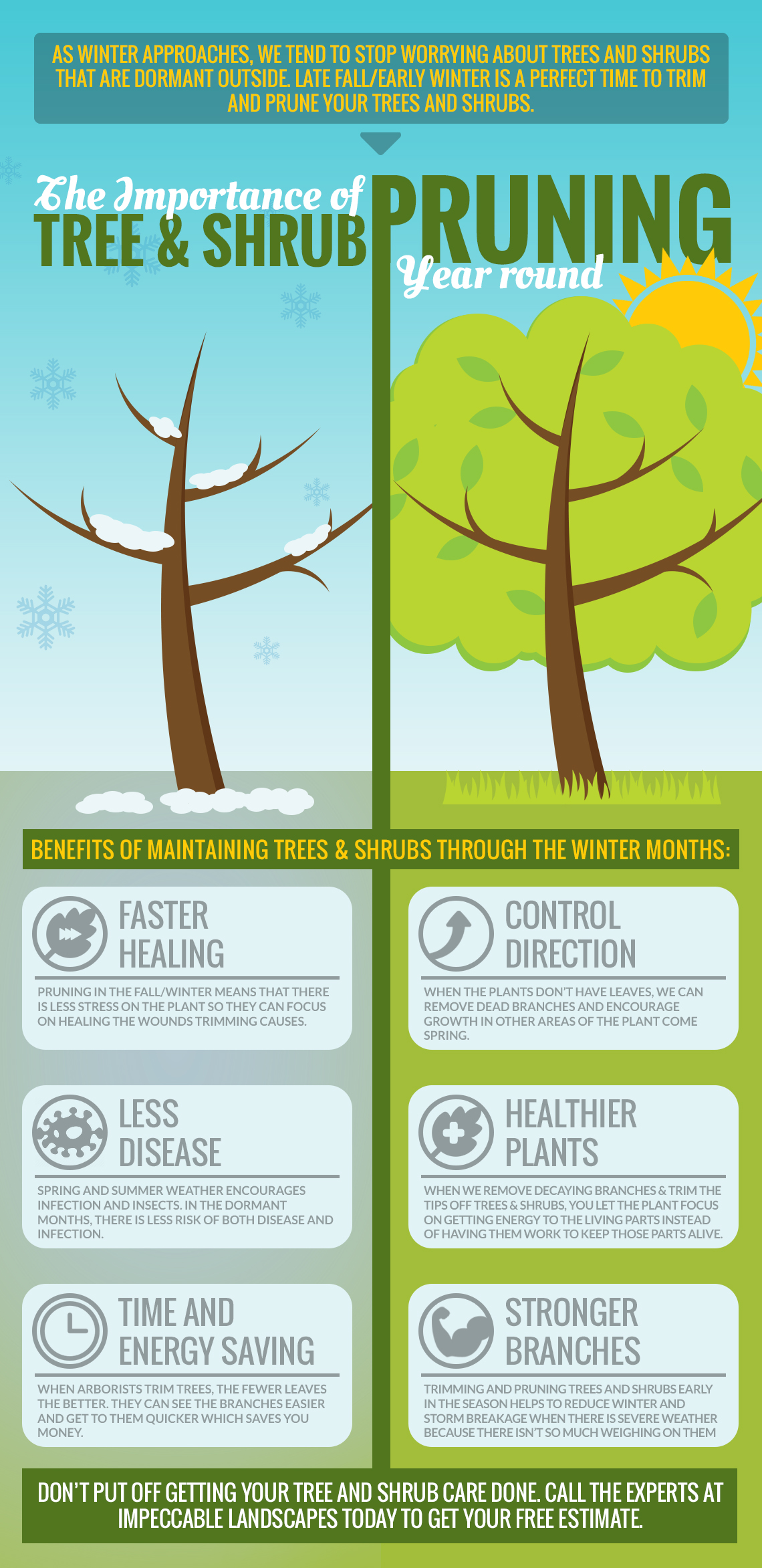Explore Ways To Support A Flourishing Landscape After The Elimination Of Trees
Explore Ways To Support A Flourishing Landscape After The Elimination Of Trees
Blog Article
Web Content Writer-
When it comes to seasonal tree care, guaranteeing appropriate administration before and after removal can substantially impact the wellness and visual appeals of your landscape. By recognizing the required steps associated with evaluating tree health and wellness and preparing for elimination, you can proactively secure your building. Yet what regarding the vital techniques to adhere to as soon as the tree is gone? Stay tuned to discover the necessary post-removal care actions that will certainly help you cultivate a successful and lasting atmosphere for your trees.
Pre-Removal Tree Treatment
Before dealing with the removal of a tree, it's crucial to focus on pre-removal tree treatment. Begin by evaluating the tree's health and structural stability. Search for indicators of condition, pest invasions, or any kind of architectural concerns that may present a safety and security risk during removal. It's essential to talk to a licensed arborist to establish the best course of action.
Pruning dead or infected branches can prevent further damages to the tree and make sure a smoother elimination procedure.
Furthermore, think about the ecological influence of removing the tree. arborist training play a vital function in our community, so growing a new tree in a suitable area can aid offset any type of loss. Make sure that you have the required licenses and approvals for tree removal, specifically if the tree is secured by local laws.
Seasonal Upkeep Tips
Assessing your tree's needs throughout the year is crucial for its health and long life. To keep your trees in leading condition, adhere to these seasonal upkeep pointers.
In springtime, focus on pruning to remove dead or damaged branches and encourage brand-new development.
Summer season calls for routine watering, particularly during droughts, to ensure your tree remains hydrated.
As fall techniques, watch out for very early indicators of condition or anxiety, and think about applying mulch to protect the roots during winter months.
In winter months, beware when eliminating snow from branches to avoid damage, and remain to monitor your tree's overall health.
Keep in mind to adjust your care routine based upon the certain demands of your tree types and local climate. By remaining alert and positive throughout the seasons, you can help your trees grow and thrive for many years ahead.
Post-Removal Tree Care
To guarantee the wellness of your landscape even after tree removal, appropriate post-removal care is vital. After a tree is eliminated, it's critical to fill up the continuing to be hole with topsoil and small it to prevent settling. This will aid maintain the integrity of the ground and avoid possible risks in the future.
Take into consideration growing brand-new plants instead of the removed tree to bring back the balance and aesthetics of your landscape. On a regular basis water the location to advertise the growth of brand-new plants and protect against soil disintegration.
Evaluate the surrounding trees for any kind of signs of condition or anxiety that may have been brought on by the removed tree. Keep tree trimming service cost out for bugs that may've been brought in to the previous tree and take preventive measures to shield the staying plants.
If required, consult with a specialist arborist to evaluate the impact of the removal on the surrounding trees and establish any extra treatment needed. By complying with these post-removal care actions, you can make sure the ongoing health and wellness and beauty of your landscape.
Conclusion
To conclude, aggressive seasonal tree care is crucial for maintaining the health and equilibrium of your landscape. By assessing tree health, trimming, and seeking advice from an arborist before elimination, you can make certain a risk-free process. After removal, filling up the hole, planting brand-new plants, and regular watering will promote new growth and prevent erosion. Keep in mind to inspect surrounding trees for illness and look for additional care actions from an arborist to keep your landscape flourishing.
